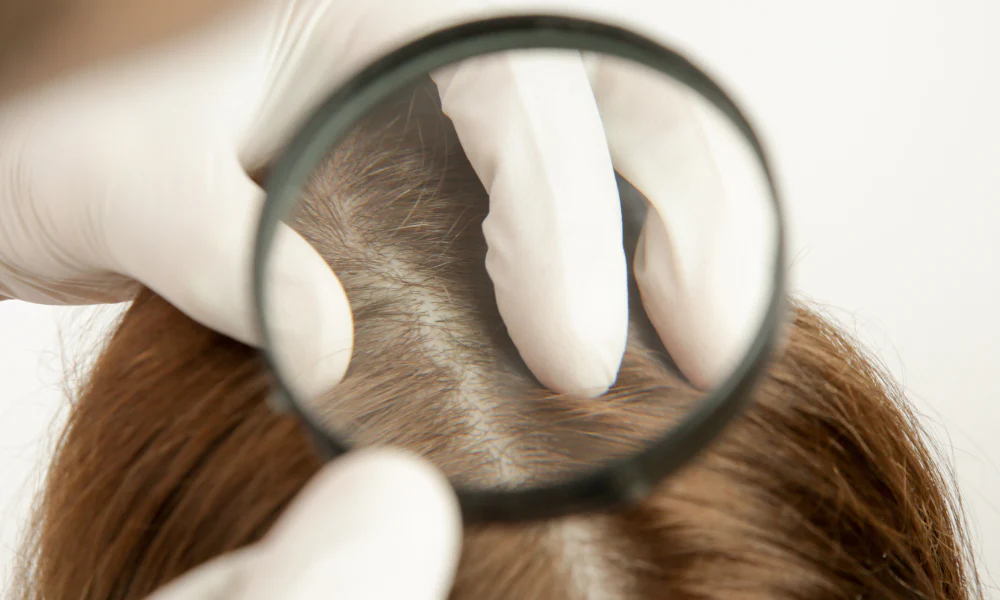Introduction to Semaglutide
What is Semaglutide?
Semaglutide is a medication commonly used for the management of type 2 diabetes. It belongs to the class of glucagon-like peptide-1 (GLP-1) receptor agonists. This medication works by mimicking the action of incretin hormones in the body, which helps regulate blood sugar levels.
Mechanism of Action
Semaglutide works by stimulating the GLP-1 receptors in the pancreas, leading to increased insulin secretion and decreased glucagon secretion. This helps lower blood sugar levels, improving glycemic control in individuals with diabetes.
Applications of Semaglutide
Diabetes Management
One of the primary uses of semaglutide is in the management of type 2 diabetes. It is often prescribed as an adjunct to diet and exercise to improve glycemic control in patients who are unable to achieve target blood sugar levels with oral medications alone.
Weight Management
In addition to its role in diabetes management, semaglutide has also shown promise in the treatment of obesity. Studies have demonstrated that higher doses of semaglutide can lead to significant weight loss in individuals with obesity, making it a valuable option for weight management.
Introduction to Dermal Fillers
What are Dermal Fillers?
Dermal fillers are injectable substances used to restore volume and fullness to the face, reducing the appearance of wrinkles and fine lines. These fillers are typically made from hyaluronic acid, calcium hydroxylapatite, or poly-L-lactic acid.
Common Types
Some common types of dermal fillers include hyaluronic acid fillers (e.g., Juvederm, Restylane), calcium hydroxylapatite fillers (e.g., Radiesse), and poly-L-lactic acid fillers (e.g., Sculptra).
Benefits of Dermal Fillers
Enhancing Facial Features
Dermal fillers can be used to enhance facial features by adding volume to areas that have lost elasticity or fullness due to aging. This includes areas such as the cheeks, lips, and jawline, helping to restore a more youthful appearance.
Rejuvenating Skin
In addition to adding volume, dermal fillers can also improve the overall quality of the skin. They stimulate collagen production, leading to smoother, firmer skin with improved texture and tone.
Combination Therapy: Semaglutide and Dermal Fillers
The rationale behind Combination Therapy
Combining semaglutide with dermal fillers may offer synergistic benefits for individuals seeking both diabetes management and aesthetic enhancement. While semaglutide addresses metabolic concerns, dermal fillers target visible signs of aging, providing a holistic approach to health and beauty.
Potential Benefits
By addressing both metabolic and aesthetic concerns simultaneously, combination therapy with semaglutide and dermal fillers may offer patients enhanced quality of life and confidence in their appearance. This integrated approach considers the individual’s overall well-being, addressing both internal and external aspects of health.
6. Safety and Considerations
Side Effects of Semaglutide
Common side effects of semaglutide include nausea, vomiting, diarrhea, and abdominal discomfort. In some cases, more serious side effects such as pancreatitis or kidney problems may occur. Patients should be monitored closely for any adverse reactions while taking semaglutide.
Risks Associated with Dermal Fillers
While dermal fillers are generally considered safe, there are potential risks associated with the procedure, including bruising, swelling, and infection at the injection site. Rarely, more serious complications such as allergic reactions or vascular occlusion may occur. It’s essential to seek treatment from a qualified and experienced provider to minimize these risks.
7. Conclusion
In conclusion, semaglutide and dermal fillers offer unique benefits in the realms of health and aesthetics. While semaglutide helps manage diabetes and promote weight loss, dermal fillers rejuvenate the skin and enhance facial features. Combining these therapies may provide patients with comprehensive care, addressing both medical and cosmetic concerns.
FAQs
Is it safe to use semaglutide and dermal fillers together?
While combining these treatments may offer synergistic benefits, it’s essential to consult with a healthcare professional to ensure safety and efficacy.
How long do the effects of dermal fillers last?
The duration of results varies depending on the type of filler used and individual factors such as metabolism and lifestyle habits. On average, results can last anywhere from six months to two years.
Can dermal fillers be reversed if I’m unhappy with the results?
Yes, hyaluronic acid fillers can be dissolved using an enzyme called hyaluronidase if necessary.
Are there any dietary restrictions while taking semaglutide?
While there are no specific dietary restrictions, it’s essential to follow a balanced diet and monitor blood sugar levels regularly.
How soon can I resume normal activities after receiving dermal filler injections?
Most individuals can resume normal activities immediately after treatment, although some temporary swelling or bruising may occur.





